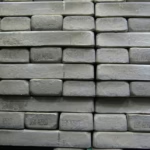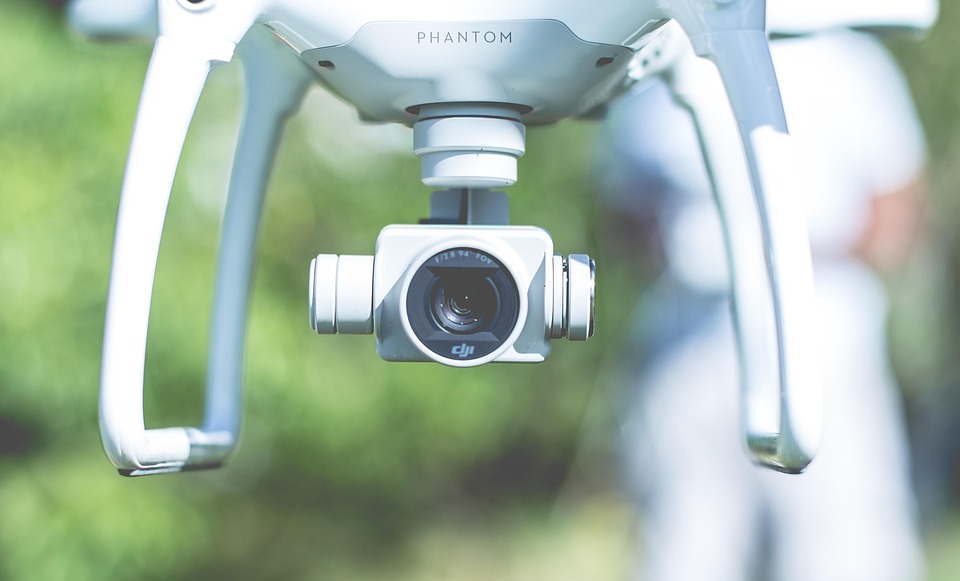Revolutionizing Flight: The Future of Drone Actuation through Mechatronics Systems
Introduction
The rapid evolution of drone technology over the past decade has led to a significant transformation in various fields, including aerospace, logistics, agriculture, and surveillance. Drones, or Unmanned Aerial Vehicles (UAVs), have become pivotal tools, showcasing incredible versatility that extends beyond simple aerial photography. At the core of these sophisticated machines is the actuation system, which governs their movement, stability, and operational efficiency. Mechatronics, an interdisciplinary field that integrates mechanical engineering, electronics, computer science, and control engineering, plays a critical role in advancing drone actuation systems.
This article aims to explore the future of drone actuation through the lens of mechatronics systems. We will investigate current technologies, innovative designs, potential applications, and how these advancements may reshape the landscape of aerial robotics.
Understanding Drone Actuation Systems
The Basics of Actuation
Drone actuation systems are responsible for converting control signals into movement. They allow drones to maneuver in three-dimensional space, function effectively in challenging environmental conditions, and adapt to various operational requirements. The primary components of an actuation system typically include:
- Motors: Brushless DC motors or stepper motors are common in UAV applications for propulsion and rotation.
- Sensors: Sensors provide feedback to the control system, such as accelerometers, gyroscopes, and altimeters.
- Controllers: These are embedded computing systems that interpret input signals and adjust motor outputs accordingly.
- Power systems: Batteries or high-density power sources enable energy-efficient operation.
Current Technologies in Drone Actuation
The existing drone actuation systems can be categorized based on several characteristics, including their design and the technologies employed. Some of the most prevalent types include:
-
Fixed-wing Drones: These utilize a traditional airplane-like design and typically require a more intricate actuation system to manage ailerons, elevators, and thrust.
-
Multirotors: These are the most popular types of drones, with various configurations like quadcopters, hexacopters, and octocopters. They employ multiple rotors for vertical take-off and landing (VTOL) and require complex actuation systems to ensure stability during flight.
-
Hybrid Systems: These drones combine the features of both fixed-wing and multirotor designs, allowing for versatility and improved performance.
Challenges in Current Actuation Systems
Despite the progress in drone technology, several challenges remain:
- Power Efficiency: Achieving greater flight times while maintaining effectiveness in energy consumption is a key hurdle.
- Control Precision: Ensuring precise control in dynamic environments is essential for both civil and military applications.
- Environmental Adaptation: Drones must be able to adapt to various environmental conditions such as wind, temperature, and precipitation.
The Role of Mechatronics in Drone Actuation
Integration of Disciplines
Mechatronics offers a holistic approach to addressing the challenges of drone actuation systems. By combining various engineering principles, mechatronics enhances the interaction between mechanical structures and electronics to produce more advanced and capable drones.
- Advanced Control Algorithms: Algorithms that allow real-time adjustments based on environmental feedback improve drone stability, performance, and user control.
- Smart Materials: Actuators designed from smart materials (such as shape memory alloys) can enhance responsiveness and adaptability.
- Sensor Fusion: Combining data from multiple sensor types enables drones to make more informed decisions and improve navigational accuracy.
Innovations in Mechatronic Actuation Systems
Several innovations in mechatronic actuation are emerging, revolutionizing how drones operate.
-
Distributed Actuation: This involves spreading multiple motors across different parts of a drone, allowing for increased maneuverability and greater fault tolerance.
-
Soft Robotics: Incorporating flexible materials can enable drones to adapt their shape and functionalities, enhancing their ability to navigate tight spaces without damaging objects.
-
Artificial Intelligence (AI): Leveraging AI in mechatronic systems can lead to improved decision-making processes for drones, enhancing their ability to learn and adapt to new tasks autonomously.
Enhanced Actuation Technologies
Various technologies are being integrated into mechatronic systems to improve drone actuation capabilities:
-
Electro-Active Polymers (EAPs): These materials change shape or size in response to electric stimuli, offering improved performance in weight-sensitive applications.
-
Magnetic Actuation: Such systems use magnetic fields to control movements and can result in lighter and more efficient mechanisms.
-
Hybrid Energy Systems: Combining fuel cells with traditional batteries may improve endurance and reduce environmental impact.
Future Applications of Advanced Drone Actuation
Logistics and Delivery
The logistics industry is on the cusp of a revolution, with drone delivery systems projected to become integral in urban environments. Advanced actuation systems will enhance payload capacity, navigation, and the ability to navigate complex environments, making them indispensable for efficient last-mile delivery.
Agriculture
Drones equipped with advanced mechatronic actuation systems can monitor crop health, perform targeted pesticide applications, and optimize irrigation strategies. Precision agriculture will see widespread adoption due to enhanced performance and cost-effectiveness attributed to these advanced systems.
Search and Rescue Operations
Drones are increasingly playing a vital role in emergency response scenarios. Mechatronics can enhance their ability to navigate disaster-stricken environments, conduct surveillance, and deliver supplies or even medical aid precisely to those in need.
Surveillance and Security
In the domain of surveillance, drones equipped with advanced actuation systems can perform complex flight patterns for enhanced reconnaissance. This application is particularly useful for military operations, where adaptability and precise maneuverability are paramount.
Challenges and Concerns
Despite the numerous advantages of mechatronic advancements in drone actuation, several challenges persist:
-
Regulatory Hurdles: The use of drones in various sectors raises ethical and regulatory concerns, particularly with regard to privacy and air traffic management.
-
Safety and Reliability: Ensuring drones operate safely in crowded urban environments without endangering lives or property is critical.
-
Cybersecurity: As drones become increasingly connected and autonomous, they become more susceptible to hacking and unauthorized control.
Conclusion
The integration of mechatronics into drone actuation design signifies a transformative leap forward in UAV technology. Advanced actuation systems that leverage innovations in materials, control algorithms, and sensor fusion can significantly enhance the capabilities of drones across multiple domains. As we look to the future, the continued evolution of these technologies will shape the potential applications of drones, from everyday deliveries to complex search and rescue operations.
The challenges—regulatory, ethical, and safety-related—must not be overlooked, as they will play a crucial role in determining the rate of adoption and acceptance in society. However, the benefits of revolutionizing flight through innovative actuation systems in drones promise to be far-reaching. The convergence of mechatronics engineering remains at the forefront of this revolution, promising an exciting future for aerial robotics.
References
[1] Author, A. (Year). Title of a relevant research paper or book on drone technology and mechatronics.[2] Author, B. (Year). Title of another relevant source discussing actuation systems in drones.
[3] Author, C. (Year). Title concerning the applications of drones in various industries.
[4] Author, D. (Year). Title that analyses challenges in drone operation and technology adoption.
[5] Journal of Mechatronics Engineering, (Year). Key findings and innovations in the field relevant to drones.
[6] Conference on Drones and Robotics, (Year). Important discussions on future trends in drone technology.
[7] Industry report on Drone Applications (Year). Assessment of market trends and forecasts relevant to UAVs.
[8] European Union Drone Regulations, (Year). Summary of regulatory frameworks affecting UAV operations.


























Add Comment